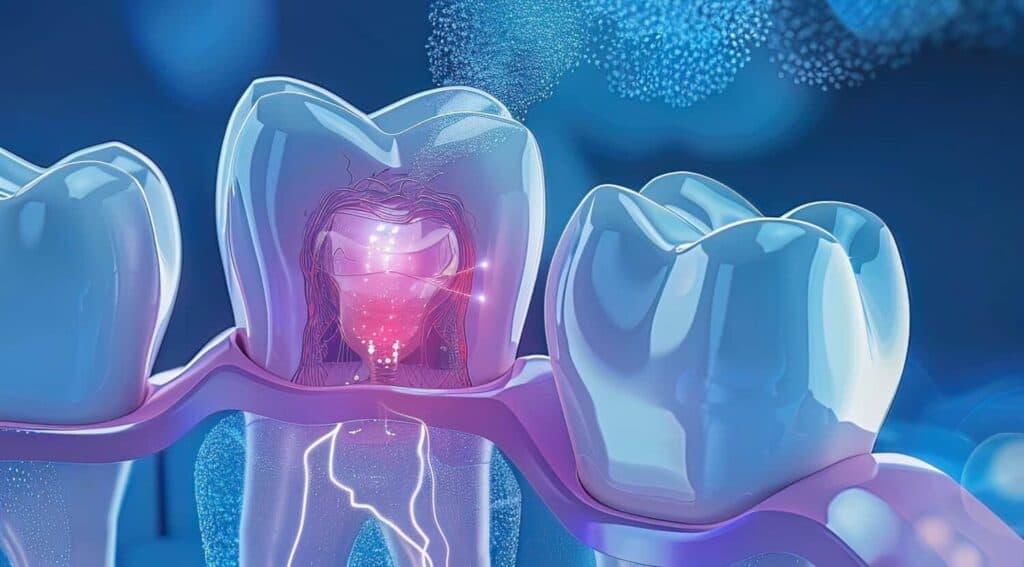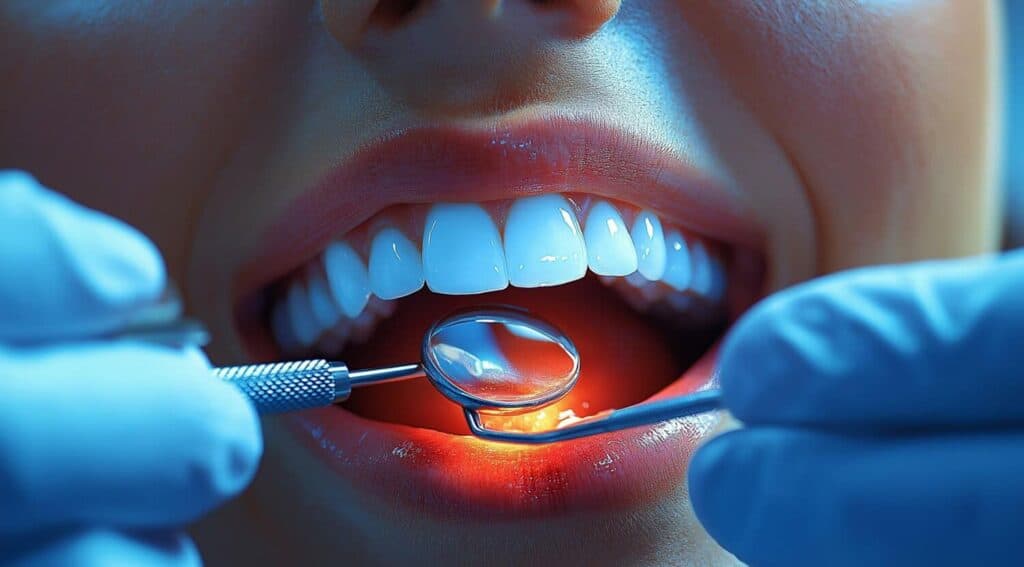We all know that visiting the dentist is not the top priority for most of us. But what if there was a way to keep your teeth healthy with less drilling and more prevention? That is where minimal intervention dentistry comes in. It is a modern approach that is all about preventing tooth decay and keeping as much of your natural tooth structure as possible. Think of it as a kinder, gentler way to care for your pearly whites.
So, what exactly is minimal intervention dentistry? Instead of the old-school “drill and fill” approach, it is about catching problems early, stopping them in their tracks, and using techniques that are as non-invasive as possible. It is a philosophy that aligns perfectly with what most of us want: a healthy smile without unnecessary dental work.
Why is it becoming so popular?
There are a few reasons why minimal intervention dentistry is gaining traction:
- It is patient-friendly: No one enjoys having a big chunk of their tooth drilled away. This approach prioritises your comfort and reduces anxiety
- It preserves your teeth: Your natural teeth are precious. The more you can keep, the better for your long-term oral health
- It is cost-effective: By preventing big problems down the track, you can save money on extensive dental treatment
Key Strategies in Minimal Intervention Dentistry
So, what are the key strategies involved in this gentle approach to oral care?
Preventing Cavities with Fluoride Varnish
You have probably heard of fluoride, but fluoride varnish is a super-concentrated form that your dentist can apply directly to your teeth. It is like giving your teeth a protective shield against acid attacks from plaque.
- How it works: Fluoride strengthens the enamel, making it more resistant to decay. The varnish sticks to your teeth for a few hours, slowly releasing fluoride
- Who benefits? Everyone! But it is especially good for kids, people with dry mouth, and those at high risk of tooth decay
- Why it’s minimal intervention: It is a simple, painless procedure that can significantly reduce your chances of getting cavities

The Benefits of Dental Sealants for Children and Adults
Dental sealants are another great way to prevent tooth decay, particularly in those hard-to-reach areas on the chewing surfaces of your back teeth. They are like a thin plastic coating that acts as a barrier.
- How they work: Sealants fill in the tiny grooves and pits on your teeth where food and bacteria can easily get trapped. This prevents plaque from building up and causing decay
- Who benefits? Kids and teenagers, as their newly erupted permanent teeth are most vulnerable. But adults can also benefit, especially if they have deep grooves in their teeth
- Why it is minimal intervention: It is a quick, painless, and effective way to prevent cavities without altering the tooth structure
Early Detection and Treatment of Tooth Decay
One of the cornerstones of minimal intervention dentistry is catching problems early, before they become big, painful issues. This often involves:
- Regular check-ups: Seeing your dentist regularly allows them to spot the very first signs of decay
- Advanced detection tools: Dentists now have tools like laser fluorescence devices that can detect decay that’s not visible to the naked eye
- Risk assessment: Your dentist will assess your individual risk of developing tooth decay, so they can tailor a prevention plan just for you
Non-Invasive Techniques for Managing Tooth Decay
When decay is detected, minimal intervention dentistry uses techniques that preserve as much of your natural tooth as possible. These include:
- Infiltration: This technique involves using a special resin to fill in early decay lesions without any drilling
- Air abrasion: A tiny stream of air and abrasive particles gently removes decay, often without the need for local anaesthetic
- Smaller fillings: When a filling is necessary, dentists use techniques and materials that allow them to remove only the decayed portion of the tooth, leaving the healthy parts intact
- Atraumatic Restorative Treatment (ART): This technique is very useful in areas where access to traditional dental treatment is limited. It involves removing decay with hand instruments and filling the cavity with a material that sticks to the tooth

Remineralisation of Teeth
Did you know that your teeth have a natural ability to repair themselves? It’s called remineralisation, and it involves using minerals like fluoride and calcium to strengthen the enamel. Minimal intervention dentistry aims to boost this process.
- How it works: When your teeth are exposed to acids (from plaque or sugary foods), they lose minerals. Fluoride, along with good oral hygiene, can help to replace these minerals, reversing early decay
- Strategies:
- Using fluoride toothpaste
- Applying fluoride varnish
- Chewing sugar-free gum (which stimulates saliva flow, helping to remineralise teeth)
- Following a diet low in sugar and acidic foods
The Final Word
Minimal intervention dentistry is a game-changer. It is a philosophy that puts your comfort first, preserves your precious teeth, and focuses on preventing problems before they start. By embracing intervention dentistry, you can enjoy a healthy smile for life, with less time in the dentist’s chair. And that’s something to smile about!
References:
Mouth Healthy: https://www.mouthhealthy.org/
Australian Dental Association: https://www.ada.org.au/
American Dental Association: https://www.ada.org/
National Institute of Dental and Craniofacial Research: https://www.nidcr.nih.gov/
Want to book an appointment?
Book online by clicking here. Call our friendly team on 3390 6100 or email us.







